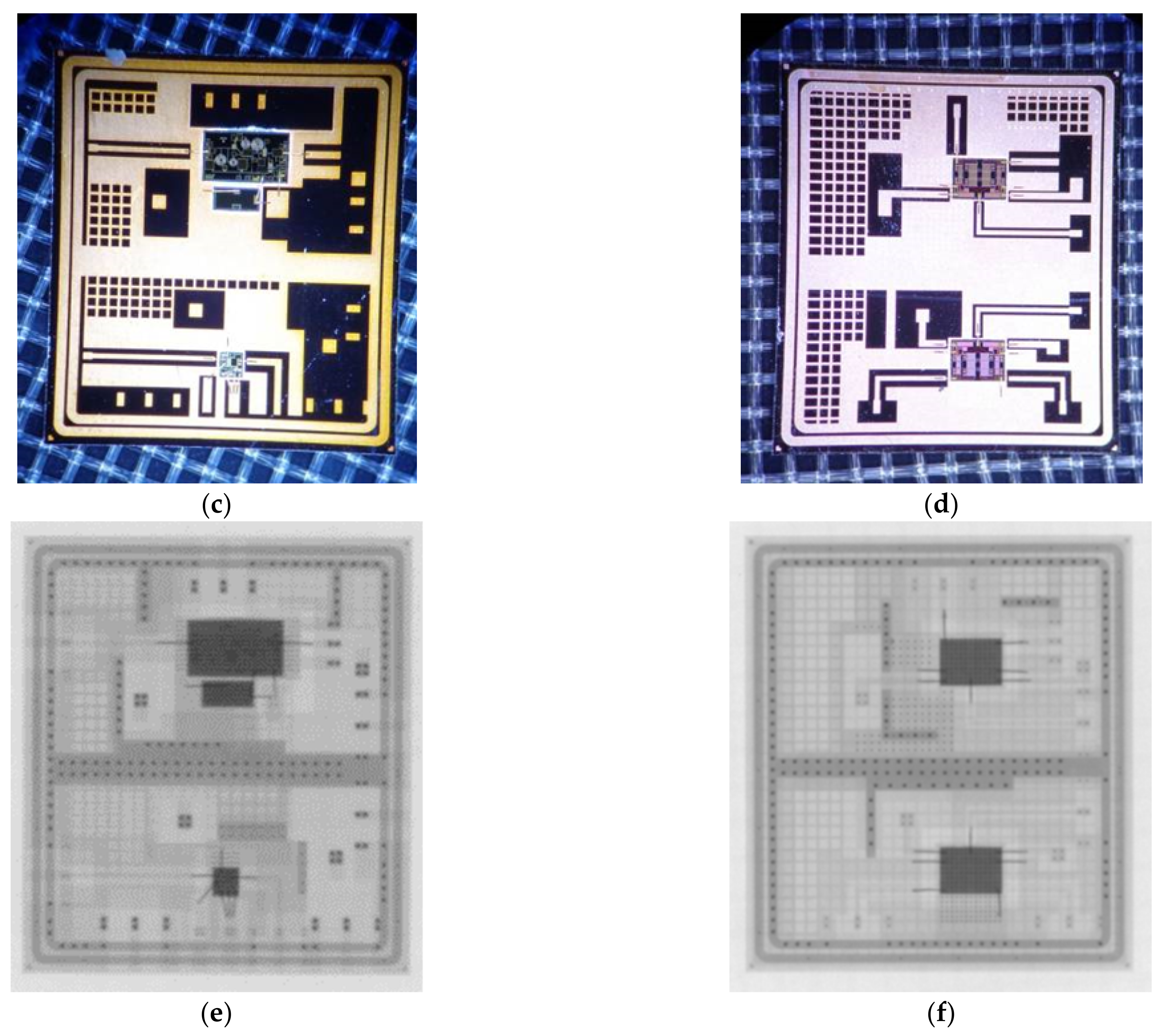

Because HDI PCBs are worth the additional cost, try Sierra Circuits’ free HDI Stackup Planner! Sierra created the Technology Level categories to give you a better sense of the level of technical sophistication required for different traces and different via sizes. Sierra’s stack-up planner will ensure that your HDI PCB design will be manufacturable the very first time. Sierra Circuits’ presents our very own HDI Stackup Planner. One of the most common mistakes designers make is creating architectures that are unnecessarily complex. Of course, HDI does not require complex architectures. Microvia structures can have a big impact on the manufacturing process since they directly affect the number of lamination cycles, unlike the standard stack-up. These layers are supposed to be symmetrically placed. Other factors affecting stack-up include the number of signal layers and the number of power and ground layers.Īdditionally, it is recommended that HDI stack-up should have the number of planes and signal layers either odd or even (both even is the best for a balanced structure). For HDI stack-up, the number of layers is determined by the number of ball grid array (BGA) or the highest pin count device. The HDI stack-up architecture follows a slightly different approach compared to the standard stack-up. Additionally, HDI stack-up uses blind and buried, and stacked and staggered via. HDI simplifies design architecture for complex boards. HDI offers a sequential build-up for stack-up, thus allowing a larger variety of design choices. While, the major disadvantage includes the reduction in the ground plane due to the presence of component mounting pads, particularly on a high-density PCB.Īn HDI stack-up, a cutting-edge technology, is revolutionizing multilayer PCB design and manufacturing. Worth mentioning, the key advantage of standard stack-up is the shielding for the inner layers by the planes on the outer layers. Key design rules for standard stack-up include keeping space between signal layers and use large cores to avoid EMC issues. Some of the additional parameters include spacing between the layers and a shielded or unshielded enclosure. For standard PCB stack-up, key parameters include the number of layers, number of ground and power planes, frequency of the circuit, the sequence of the layers, and emission requirements. Standard stack-up design is dependent on the number of signal layers present. The primary reason being the long list of advantages associated with HDI technology stack-up including, higher component density per square inch, lower aspect ratio, and lesser number of layers compared with standard stack-up. Often ignored, it is important to understand the difference between an HDI stack-up and a standard stack-up. The Difference Between Standard Stack-Up and HDI Stack-Up Though, we believe a PCB designer can do miracles at the design level with the help of an expert fabricator like us to make PCBs smaller and denser. Industry experts predict that we will reach the physical limitations of electronic components at transistor-level sometime soon. Strictly in electronics terms, the smaller the form factors the better.

There is a widely popular trend among electronic manufacturers to pack more processing power into a small package. Modern-day electronics revolve around the miniaturization of electronic assemblies. A job of every PCB designer must include reducing EM emission from the loops on the PCB caused due to the differential-mode noise and common-mode emission. On the other hand, a poor stack-up design can lead to higher EM emission and signal losses. Thus, improving the overall signal integrity of the circuit board. A good stack-up design is key to reduce electromagnetic emission (EM) from electronic circuitry. Stackup is an important part of the PCB design and manufacturing process. Let me reveal our secret, it’s all about the PCB stack-up. Now you might be wondering how we make the world’s best boards. Just like we use different types of metal cores for our PCB, similarly, we will offer a variety of patties. Our burgers will come in different sizes and shapes with a variety of ingredients, and our secret sauce covered with our very own baked bread. We would prepare each layer of your burger with care and tenderness, just like the layers on our PCB stack-up. If Sierra Circuits was making burgers, we would make the world’s best burgers, just like we make the world’s best PCBs.


 0 kommentar(er)
0 kommentar(er)
